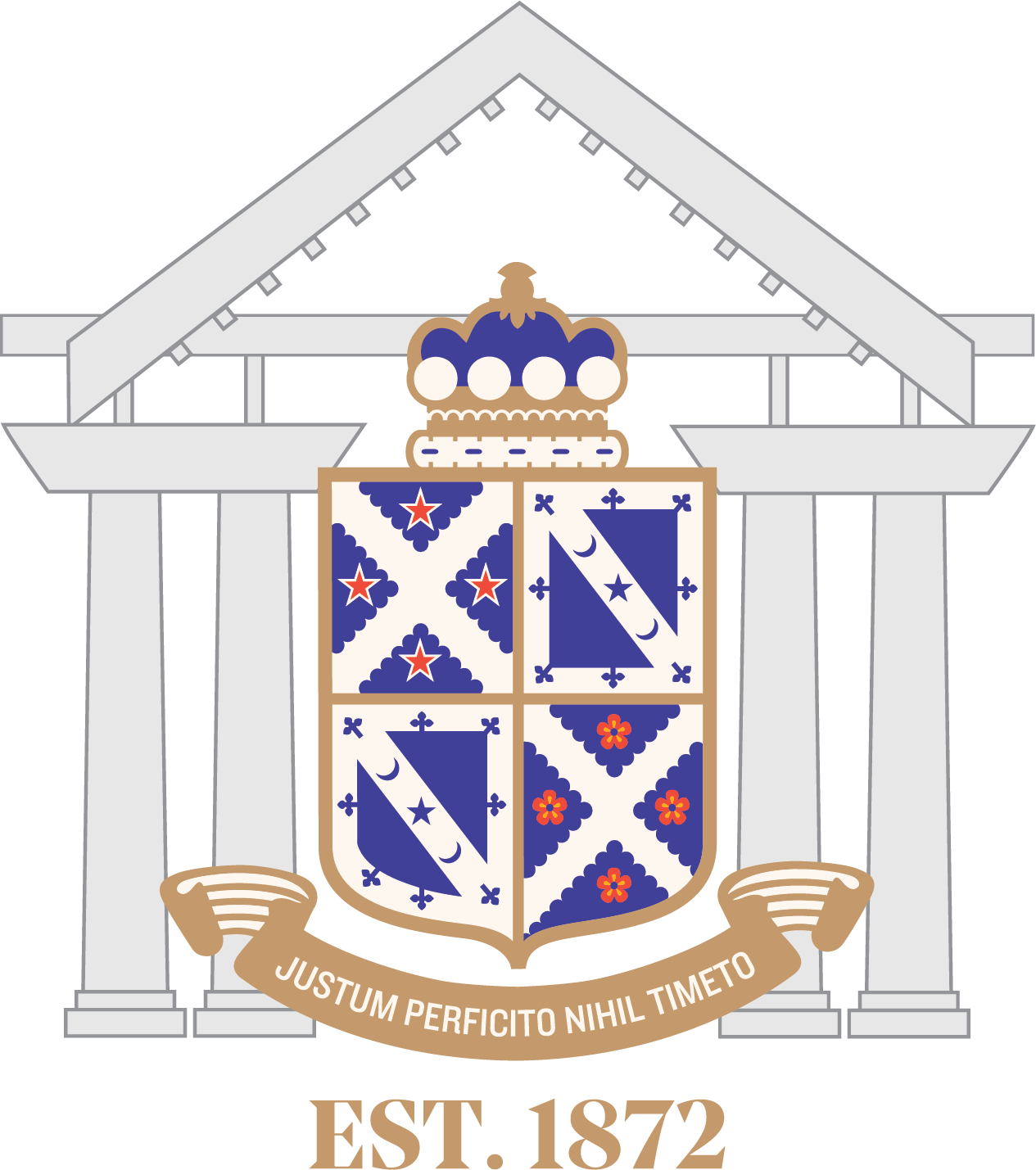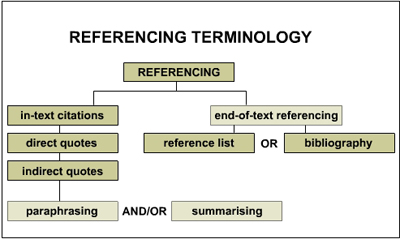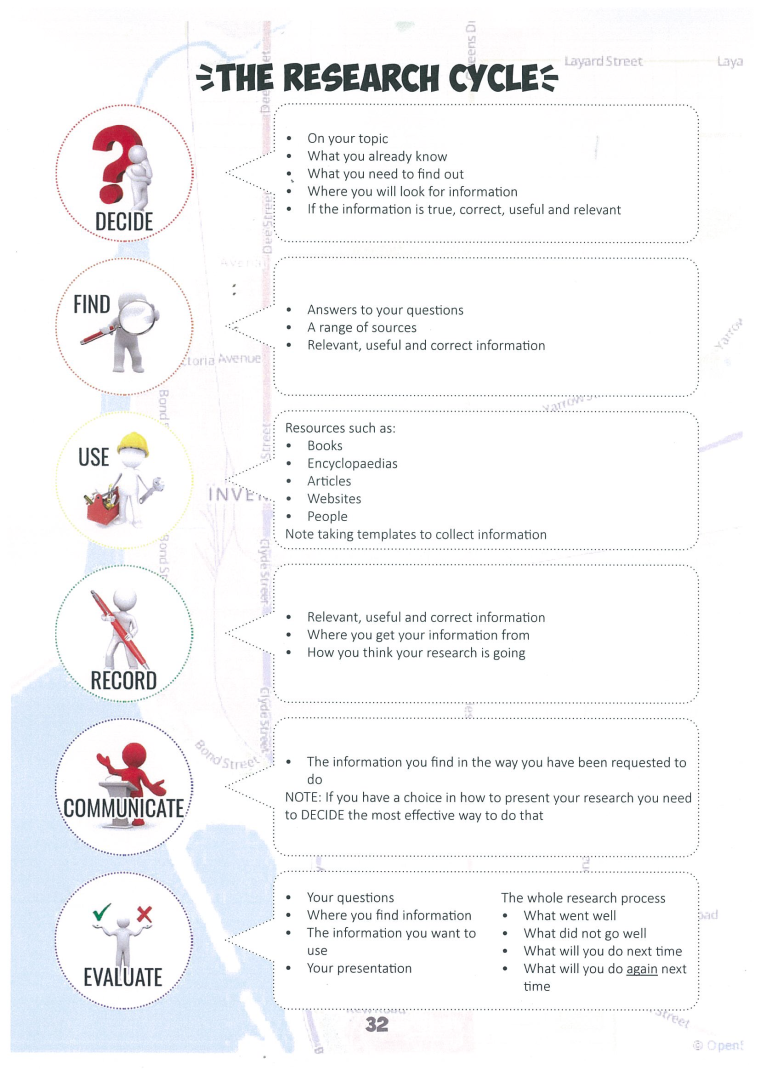Your teacher and subject will have specific requirements for how you should reference or research. The below information is a starting point and a refresher for those who need it. Always consult your teacher and the course requirements to have a clear direction of what you need to complete your course to a high standard.Head librarian
Information Literacy
Identify when you need information and learn how to find, evaluate and record it.
Bibliographies and reference lists
REFERENCING or Who Did and thought What?
WHAT is it?
Referencing is acknowledging when you use someone else’s work.
It is a standardised method of formatting information sources you have used.
WHY should I?
There are many reasons we need to reference our work. A few are:
- It’s the right thing to do – you are using someone else’s work
- It traces the origins of ideas and your research process
- It avoids plagiarism (which can have serious legal consequences)
- It demonstrates your integrity and appreciation
WHERE does it go?
In-text citations give a brief acknowledgment in your body of work. They are in the text of your essay or document. All In-text citations should be listed in full in your bibliography.
Full referencing is done at the end of your work. It is usually added to a separate page and is often called a bibliography.
WHEN do I have to do it?
You need to reference when:
- Directly copying something – including images, diagrams, and graphs
- Using other people’s ideas – including friends and family – even if you’ve written them in your own words
- Reusing your own work
It’s important to remember that it does not just apply to written text. And acknowledging your sources is especially important in public online spaces and formal assessments.
HOW do I create a reference list?
There are thousands of different referencing styles. Our school does not have one set method. Different subjects have different expectations, so always ask your teacher what they expect. If in doubt APA is a good style to use.
At a minimum, you will need: who wrote it, when they wrote it, and where you got it from.
Eg. Author, date, Source (Title of book, URL of website etc) Your teacher needs to be able to find the original information.
There are many apps to help with referencing. You can do your bibliography directly in Word (See video) or use external website or software. These save you time and help you be more accurate.
RefMe: www.refme.com If you would like a site to hold you references
The University of Auckland has this cite generator for many different reference styles
http://www.cite.auckland.ac.nz/2.html
Examples of APA style references.
Always have your list in alphabetical order.
If there is a type of material you don’t know how to reference? The ultimate guide if you are lost is http://www.apastyle.org/
but here are some common examples
Book
Author, A. (Year of Publication). Title of work. Publisher City, State: Publisher.
Websites or images from a website
Author, A. (date). Title of document [Format description]. Retrieved from http://URL
Video (eg. YouTube)
Author, A. A. [Screen name]. (year, month day). Title of video [Video file]. Retrieved from http://xxxxx
Apsolon, M. [markapsolon]. (2011, September 9). Real ghost girl caught on Video Tape 14 [Video file]. Retrieved from http://www.youtube.com/watch?v=6nyGCbxD848
See below a video on how to reference using Word.



